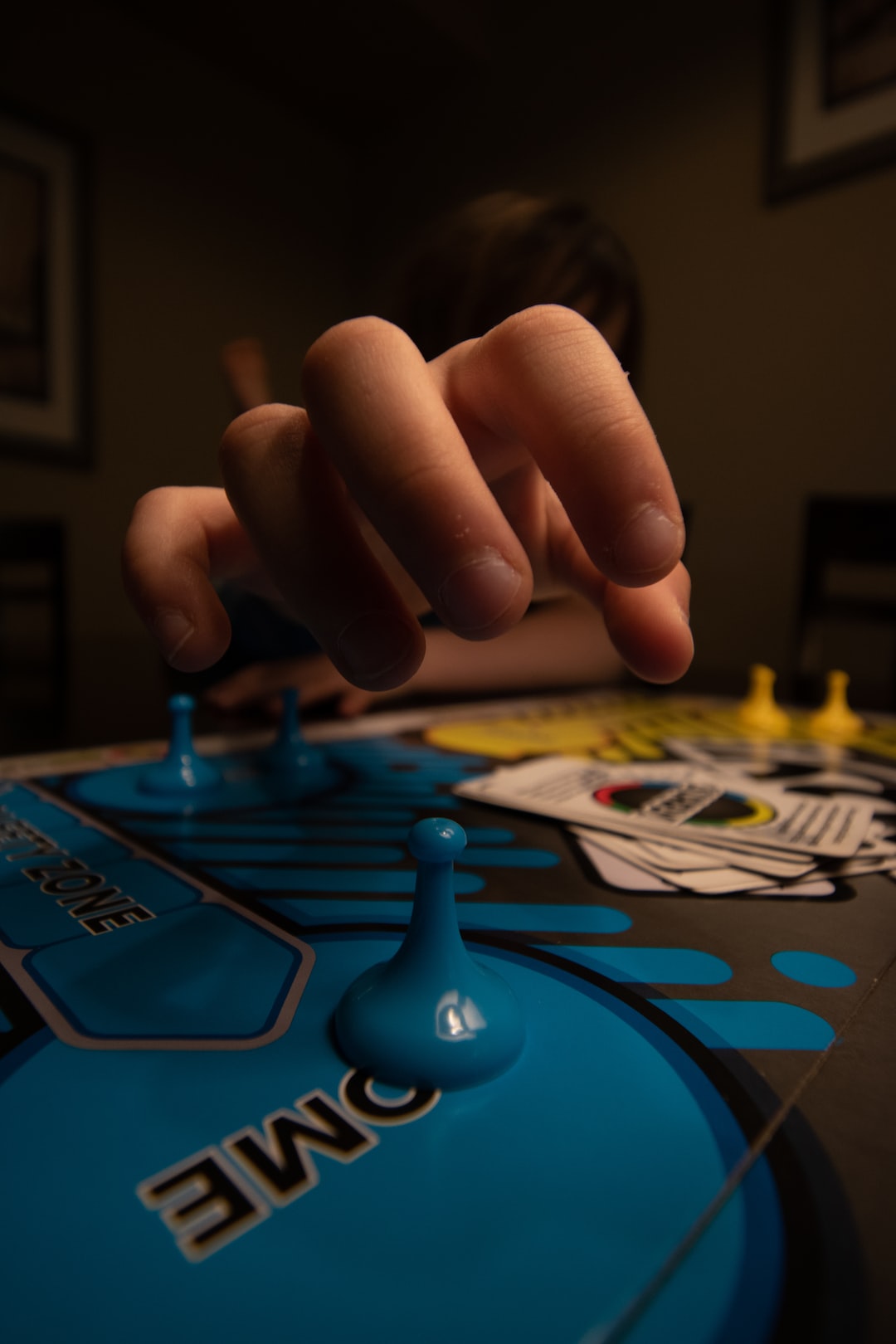The portrayal of women in video games has long been a topic of debate and discussion within the gaming industry. With the rise of inclusion and diversity in other forms of media, it is essential to examine gender representation and its impact on women within the gaming community.
Historically, women have been poorly represented in video games, often reduced to overly sexualized characters and objects of desire for the male protagonist. This narrow portrayal perpetuates harmful stereotypes and reinforces gender inequality in real life. It is crucial to recognize the implications of such representation and work towards a more inclusive and authentic gaming experience for all.
One of the main issues with the portrayal of women in video games is the prevalence of the “damsel in distress” trope. This tired narrative often features a male hero rescuing a helpless woman, reinforcing the idea that women are weak and in need of saving. This perpetuates the idea of male dominance and restricts the agency and independence of female characters. By perpetuating these stereotypes, the gaming industry is not only failing its female audience but also perpetuating harmful gender norms.
Furthermore, the sexualization of female characters in video games is another significant concern. Female characters are often given unrealistic physical attributes, wearing revealing and impractical outfits that serve no purpose other than to titillate the male audience. This hypersexualization objectifies women and reinforces the notion that their value lies solely in their physical appearance rather than their abilities or personalities. This portrayal not only alienates female gamers but also reinforces damaging and unrealistic beauty standards.
The lack of diversity in female characters is also a prevalent issue in the gaming industry. Women of different races, body types, and abilities are often underrepresented or completely absent from game narratives. As a result, this lack of representation marginalizes and invalidates the experiences of countless women within the gaming community. By including more diverse female characters, the gaming industry can create a more inclusive environment that accurately reflects the diverse nature of its audience.
However, it is important to acknowledge that progress is being made. Some game developers are actively working towards creating more realistic and empowered female characters. Games like “The Last of Us Part II” and “Horizon Zero Dawn” feature strong and complex female protagonists who defy stereotypes and challenge traditional gender roles. These games present a more authentic portrayal of women and provide a much-needed alternative to the typical portrayal of women in video games.
Additionally, the rise of independent game developers has allowed for more diversity and better representation of women in gaming. Games such as “Gone Home” and “Life is Strange” explore female narratives and experiences without resorting to stereotypes or exploitative portrayals. Independent developers have pushed boundaries and challenged industry norms, providing a platform for marginalized voices to be heard and represented.
In conclusion, the portrayal of women in video games is a complex issue that requires careful consideration and examination. The gaming industry holds a significant responsibility in ensuring that gender representation is accurate, inclusive, and empowering. By challenging harmful stereotypes, creating diverse characters, and avoiding objectification, the gaming industry can move towards a more equitable future that provides an authentic and enjoyable gaming experience for all players.

